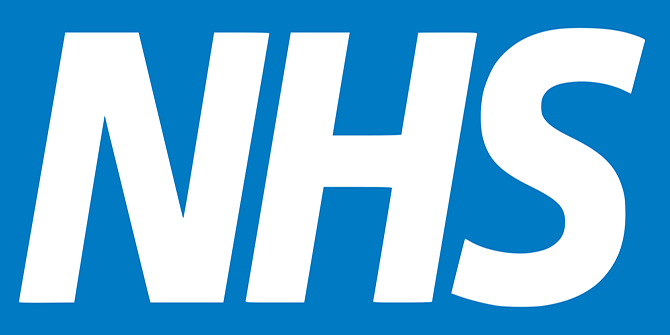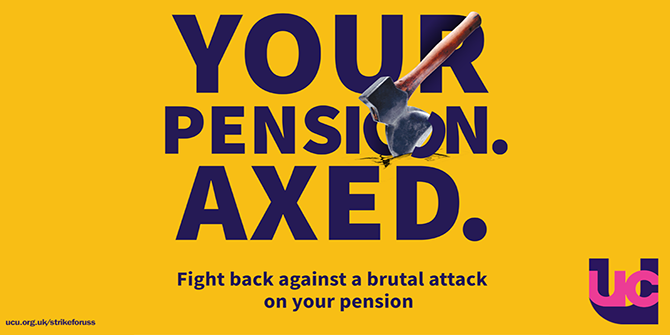No matter who forms the new government in May 2010, the new set of ministers will have to tackle the worst deficit in UK public finance for decades. The 2010 to 2015 period will inevitably require policy-makers and citizens to make some hard choices – either raising taxes or pruning spending on previously highly valued public services.
In the third of our ‘Hard Choices’ series, Nicholas Barr looks at the arguments against free higher education.
 What I call ‘pub economics’ relates to something that is obviously right and everybody knows it’s right – but it’s wrong. The argument that ‘free’ higher education widens participation is just such a case. The issue is contentious, so the government has set up a review (the Browne Review) to report after the election. Till then, politicians will duck most questions on fees and loans, on the grounds that it would be wrong to pre-empt the review’s report.
What I call ‘pub economics’ relates to something that is obviously right and everybody knows it’s right – but it’s wrong. The argument that ‘free’ higher education widens participation is just such a case. The issue is contentious, so the government has set up a review (the Browne Review) to report after the election. Till then, politicians will duck most questions on fees and loans, on the grounds that it would be wrong to pre-empt the review’s report.
What’s wrong with Taxpayer finance?
Taxpayer support for higher education should remain a permanent part of the landscape, but not on its own.
- Tax finance does not widen participation. Between 1960 and 1998, when there were no tuition fees, access hardly improved.
- Taxpayer finance can harm access by leading to a shortage of places. Even without the economic crisis, universities will lose out to the NHS, nursery education and school education. And if places are short, it is predictable who gets left out.
- The people who go to university continue to be mainly from better off backgrounds. Why should the taxes of the truck driver pay for the degree of the old Etonian?
What are the real determinants of participation?
To anyone who is serious about the evidence, one message stands out – it’s school attainment, stupid. As a researcher into early child development tragically put it, ‘By the time they are eighteen, all the damage has been done’. In 2002 (when students from poor backgrounds paid no fees), 81 per cent of children from professional backgrounds went to university; the comparable figure for children from manual backgrounds was 15 per cent (according to the UK Education and Skills Committee in 2002) – a shameful record. Yet restricting the sample to young people with good A levels, the figure was roughly 90 per cent for both groups.
 Source: UK Office for National Statistics (2004), Focus on Social Inequalities, 2004 edition, London: TSO, Figure 2.15.
Source: UK Office for National Statistics (2004), Focus on Social Inequalities, 2004 edition, London: TSO, Figure 2.15.
The Figure makes this very clear. The top pair of bars show that about 95 per cent of people with the best A levels went to university, with virtually no difference in participation between people from the top 3 socioeconomic groups (the lighter shading) and the bottom 3 (the darker shading). For people with slightly less good A levels, the figure was 90 per cent. The main driver of participation is a person’s prior attainment.
What has happened since fees were introduced?
A study by the Higher Education Funding Council for England on the effects of the introduction of fees offers powerful results that are worth quoting extensively:
‘ [T]here is no indication from the national-level trends that changes to HE tuition fees or student support arrangements have been associated with material reductions in the overall HE participation rate’ (para. 23).
‘Substantial, sustained and materially significant participation increases for the most disadvantaged areas across the 04:05 to 09:10 cohorts are found regardless of whether educational, occupational or income disadvantage is considered. Typically, young people from the 09:10 cohort living in the most disadvantaged areas are around +30 per cent more likely to enter higher education than they were five years previously (04:05 cohort), and around +50 per cent more likely to enter higher education than 15 years previously (94:95 cohort)’ (para. 28, emphasis added).
‘Trends in social statistics – such as HE participation rates – that are associated with deeply rooted differences in advantage do not usually show rapid change. A set of robustness and credibility checks give confidence that the analysis in this report is faithfully describing HE participation trends. In particular, the unusually rapid increases in HE participation recorded since the mid-2000s for young people living in disadvantaged areas are supported by changes in the GCSE attainment of the matching cohorts of young people ….’ (para. 31, emphasis added).
These arguments are not just an exercise in academic logic chopping. The argument that fees harm access makes the wrong diagnosis and therefore leads to the wrong prescription. The policy spends money on ‘free’ higher education instead of improving earlier education, providing more and better information, and raising aspirations, and thus spends money on a policy that does not work.







